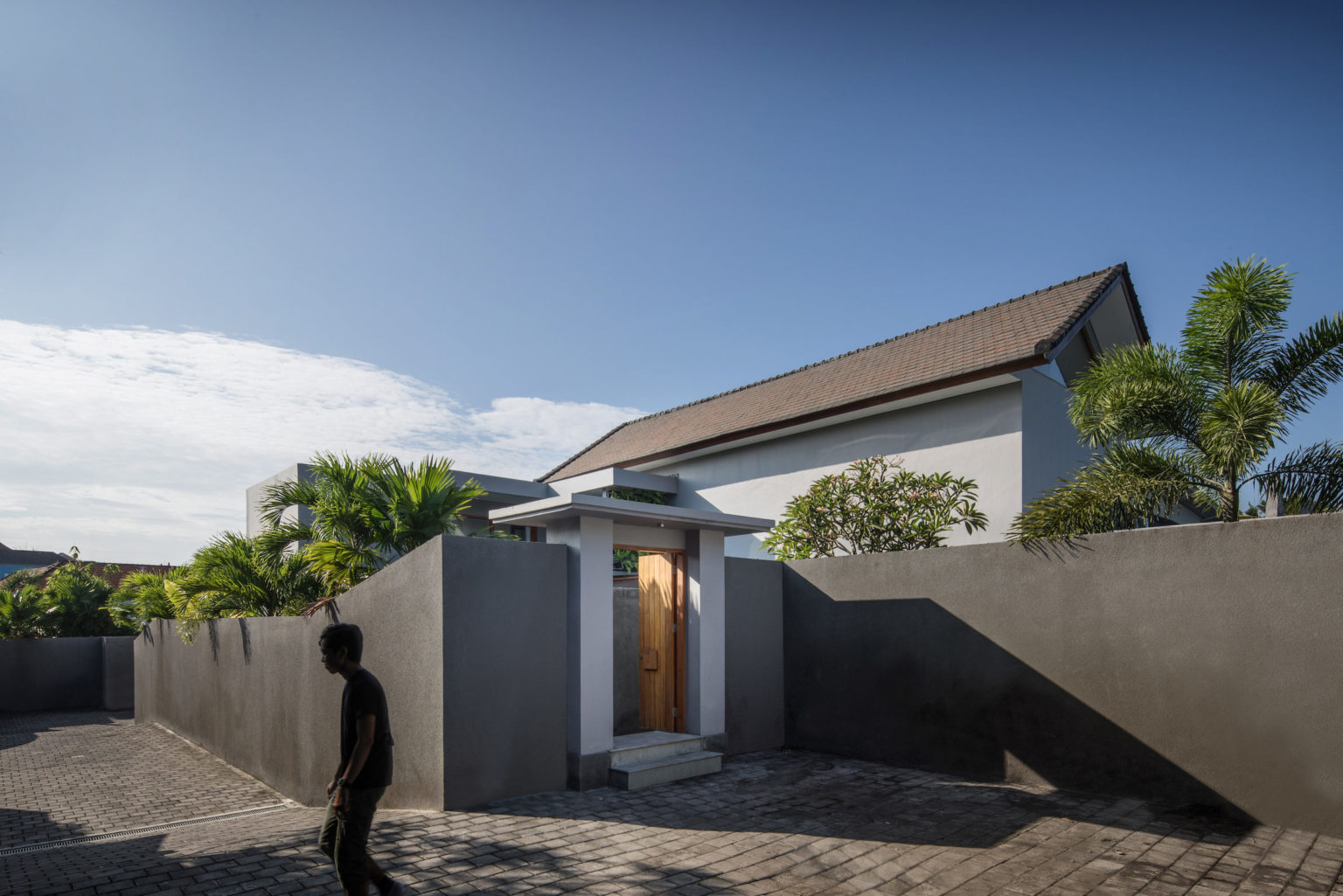
Bali, the Island of the Gods, is known for its breathtaking landscapes, rich culture, and vibrant tourist industry. However, as the demand for tourist accommodations grows, the island faces the challenge of balancing development with environmental protection. To address this issue, the concept of sustainable architecture has gained traction in Bali, with more and more developers and builders focusing on eco-friendly building practices.
The Importance of Sustainable Architecture
Sustainable architecture refers to building design, construction, and operation in an environmentally responsible and resource-efficient manner. It seeks to minimize the negative impact of buildings on the environment and to promote the health and well-being of the people who use them. In the context of Bali, sustainable architecture is particularly crucial because it can help to conserve the island’s natural resources, reduce pollution, and mitigate the effects of climate change.
Eco-Friendly Building Practices in Bali
Eco-friendly building practices in Bali include using local materials, maximizing energy efficiency, reducing waste, and preserving the natural environment. For example, builders may use bamboo, a fast-growing and abundant material, instead of concrete or steel. They may also incorporate renewable energy sources, such as solar panels, into the design and installation of buildings. Additionally, waste management systems that reduce the amount of waste generated and improve the management of waste are being adopted by more and more developers.
Nata Konstruksi is a leading construction company in Bali that is committed to promoting sustainable architecture. The company implements eco-friendly building practices in all of its projects, such as using local materials, implementing waste management systems, and incorporating renewable energy sources. In addition, Nata Konstruksi works closely with local communities to ensure its projects are environmentally sustainable and socially responsible.
Conclusion
Sustainable architecture is a crucial aspect of Bali’s development, as it helps to balance the island’s growth with environmental protection. Companies like Nata Konstruksi are leading the way in promoting eco-friendly building practices, contributing to a more sustainable future for Bali and its residents. By combining traditional building techniques with modern, eco-friendly materials and technologies, sustainable architecture in Bali has the potential to set an example for sustainable development worldwide.